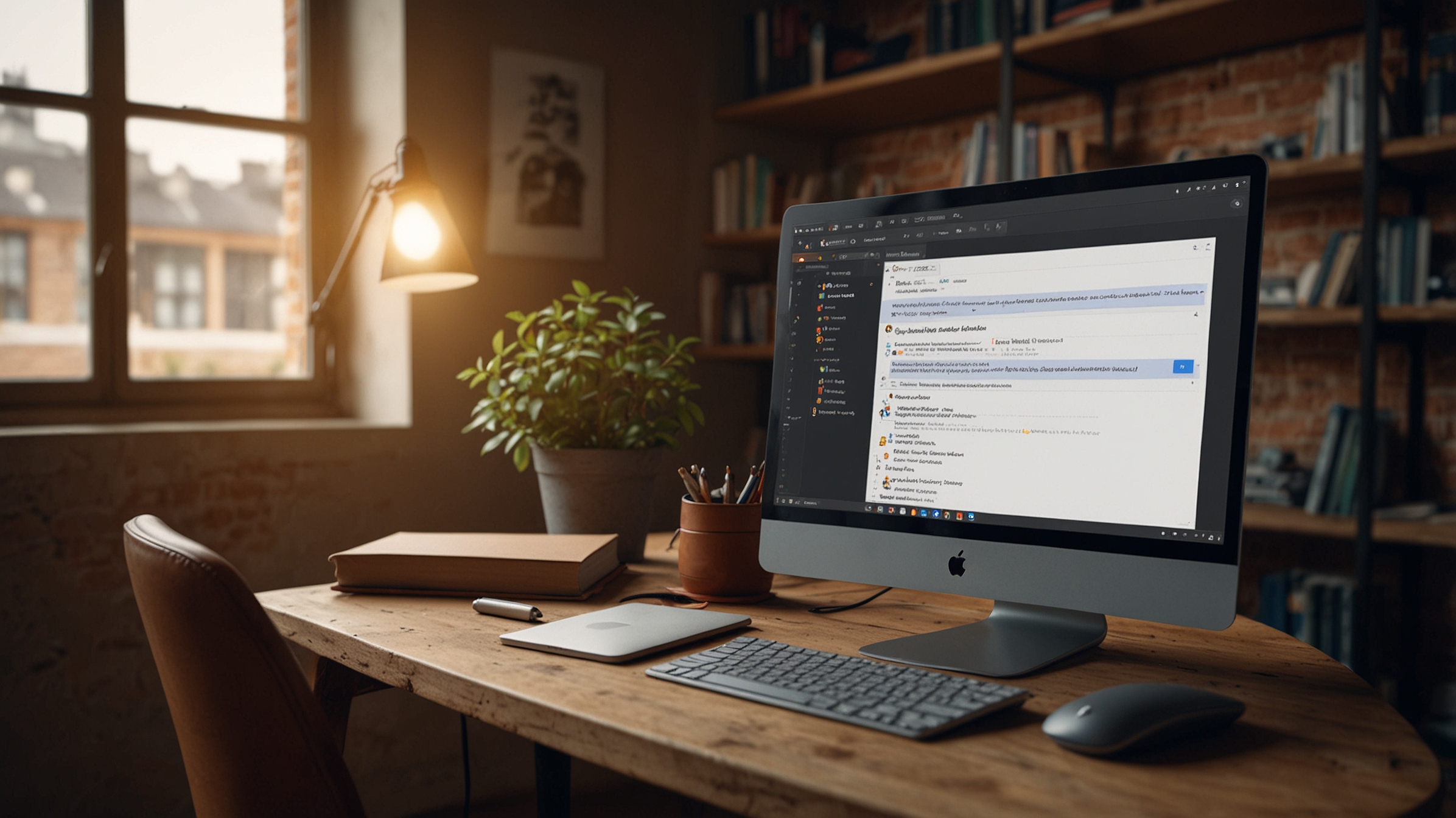Once upon a time, building software was the exclusive domain of coders. You needed to know programming languages like JavaScript, Python, or C++ just to make a button do something. But today, that’s changing — fast.
Thanks to the no-code and low-code revolution, everyday people with zero technical background are building apps, automating workflows, and launching businesses. From solo entrepreneurs to corporate teams, the power to create digital tools is now more accessible than ever.
Let’s explore how this movement is reshaping the future of software — and why it’s only just getting started.
What Is No-Code (and Low-Code)?
- No-code platforms let users build applications using visual interfaces — think drag-and-drop components, prebuilt templates, and logic blocks.
- Low-code platforms offer similar tools but still allow for some custom code, offering more flexibility for those with light programming skills.
In simple terms, no-code means you don’t need to write code. Instead, you piece together your app or workflow like building Lego.
Popular platforms include:
- Webflow (for websites)
- Airtable (for databases)
- Bubble (for full web apps)
- Zapier and Make.com (for automations)
- Glide and Thunkable (for mobile apps)
- Notion (for all-in-one docs, project tracking, and databases)
Why the No-Code Boom Now?
Several forces are driving this explosion in no-code tools:
- Tech Talent Shortage
Companies can’t hire developers fast enough. No-code fills the gap, allowing non-engineers to solve problems themselves. - Startup Culture & Entrepreneurship
Small teams want to build fast, test quickly, and pivot. No-code enables MVPs (Minimum Viable Products) without a developer budget. - Remote Work & Digital Transformation
Teams across all departments — not just IT — now need to manage their own digital workflows. No-code tools are perfect for marketing, HR, finance, and operations. - Better Design and UX
Today’s tools aren’t just functional — they’re beautifully designed, intuitive, and powerful, reducing the learning curve.
Real-World Examples: Who’s Using No-Code?
- 🧁 A bakery manager builds a custom order-tracking system using Glide and Airtable.
- 🎓 A teacher creates a student portal with Notion and embeds videos, quizzes, and schedules.
- 💼 A startup founder launches a web app MVP on Bubble without hiring a developer.
- 🛒 A boutique store owner creates a beautiful e-commerce website in Webflow with no coding.
Even big enterprises are catching on. Microsoft Power Apps and Salesforce Lightning are low-code tools that help internal teams build apps for HR, finance, or logistics without waiting for IT.
The Benefits: Why No-Code Matters
✅ Speed: What once took months now takes days — or even hours.
✅ Affordability: You don’t need a dev team or huge budget.
✅ Empowerment: Non-technical employees can solve their own problems.
✅ Innovation: More people building means more diverse solutions.
✅ Iteration: Easy to test, tweak, and improve as you go.
In short: no-code democratizes creation. It gives power back to the builders, not just the builders who code.
But It’s Not All Perfect…
Despite the buzz, there are some limitations:
- 🛠 Customization Limits: No-code apps can be restrictive if you need complex logic or custom back-end functionality.
- 🧱 Scalability: Some tools aren’t built to handle massive user growth or heavy data loads.
- 🔐 Security & Ownership: You’re often locked into the platform, with limited control over your codebase or data privacy.
- 👨💻 Not a Dev Replacement: Developers are still crucial for advanced projects and infrastructure.
So while no-code lowers the barrier, it doesn’t eliminate the need for traditional coding in large-scale or deeply custom applications.
The Future of No-Code: A New Digital Literacy
No-code is more than just a trend — it’s becoming a new form of literacy. Just like spreadsheets became essential business tools in the ’90s, no-code apps are becoming core tools of modern work.
Imagine a world where:
- Marketers automate lead flows without engineering help
- Designers create interactive websites with complex animations
- Students build full-featured mobile apps as school projects
- Small business owners streamline operations with custom tools
- Nonprofits solve local problems with locally built tech
That world is already here — and growing.
Final Thoughts: Building Without Barriers
No-code doesn’t mean anti-code. It means pro-access. It means empowering people who’ve never written a line of code to build, test, and launch their ideas.
And in a world increasingly shaped by software, more creators means more innovation.
Whether you’re an aspiring entrepreneur, a problem-solving employee, or just someone with an idea to share — the tools are in your hands now. You don’t have to wait. You don’t have to ask permission.
You can build it yourself.





